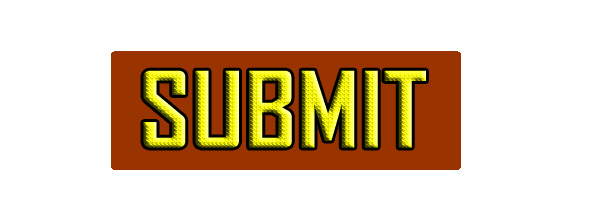Author Guidelines
The following guide for aspiring writers in the International Journal of Education, Social Studies, and Management (IJESSM)
- Article consists of title, author's name, affiliation, abstract (Indonesian and English), keywords, introduction, methodology, results and discussion, conclusions, and references.
- Articles can be based on conceptual or empirical research findings. Articles should address issues of fundamental and international / global concern and interest. Issues can speak and address local contexts, but must have significance for broader regional, global and collective interests.
- The content of the research paper must include an introduction (problems, research questions, research objectives and theory), methodology, findings, discussion, and conclusions and recommendations.
- Manuscripts are written in English but still pay attention to the linguistic principles of each text.
- Articles must be in the form of original manuscripts and free from plagiarism and must be checked first with the Plagiarism Checker X or Turnitin application and the like.
- Articles must be approximately 4500 to 5000 words, space 1, font 12 Book Antiqua and consist of 10-15 pages including bibliography / references;
- All article manuscripts will be reviewed by reviewers from academics who are qualified in their fields; this is a process that may take weeks or months.
- Manuscript style can be adjusted before publication. Authors must follow the writing style of the International Journal of Education, Social Studies, and Management (IJESSM)
- Figures and Tables
tables and figures complement the text, all tables and figures must be referenced in the text. Authos should also explain what readers should look for when using tables or figures. Focus only on the important points readers should draw from them, and leave the details for readers to read for themselves. - Authors must be willing to respond to questions from reviewers of their articles. The Continuing Education Journal Editorial Board appreciates your patience and patience while your manuscript is being processed and reviewed. Attitudes that show impatience and anxiety will not be served.
- References (Endnotes and references) follow the American Psychological Association (APA) format. References are sourced from accredited national journal books and articles, especially well-known international journals. (We also ask the author to use the Mendeley reference management application)
Picture :
- All images that appear in the article must be numbered in the order they appear in the text.
- Each image must have a description that explains its contents completely
- Image captions are presented in the form of paragraphs beginning with image numbers, namely Figure 1, Figure 2, etc.
- The caption appears below the image
- Every image must be fully cited if taken from another article
- All images must be referenced in the body of the article
Table:
- a Tabular material must appear in the table with numbered headings
- Each table must have a description explaining the contents of the table number, namely Table 1, Table 2, etc.
- Each column should have a clear and concise heading
- Tables are presented with one horizontal line below: table headings, column headings, and at the ends of the table.
- All tables must refer to the body of the article
- Each table must be fully cited if taken from other articles
















